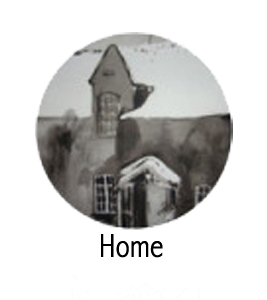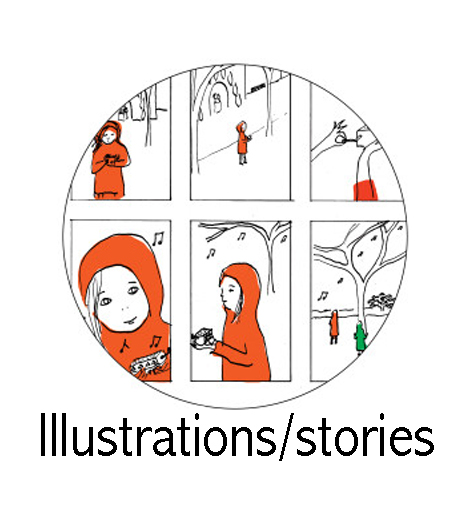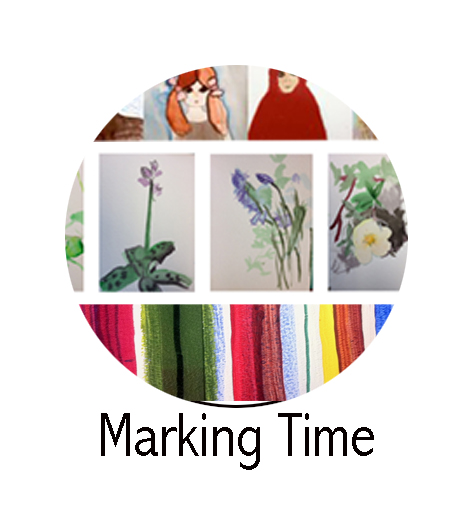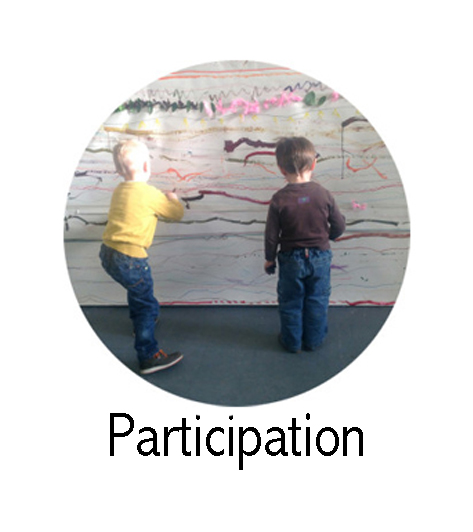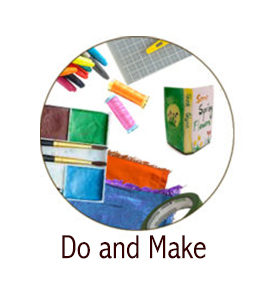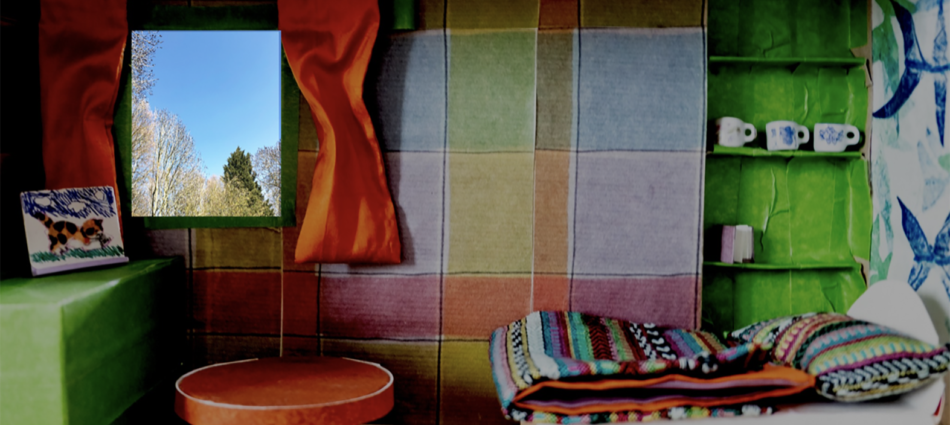
The Magic Pencil
By Jane Glynn
Listen/Make/Write
This is a story (in green if you’d like to skip straight to the story) and activity that can be adapted for any primary age and used to enhance story telling and writing skills whilst developing art techniques; it will also help to create effective links between indoor and outdoor work, thereby enhancing the children’s enthusiasm and imagination. I’ve divided it up into three sections to be used in one session – with ideas for follow up work at the end.
1) Begin to tell a story to your class (outside if you can, or inside if you’d rather):
My story goes like this – you are welcome to use it as it stands – but you might like to adapt/change it or make up a completely different story that includes a ‘magic pencil’. (This is in the tradition of folk tales/fairy tales and wonder tales – your story might be in another genre – depends what you are trying to teach about at the moment.) This version of the story is for a Year 1 class.
The Magic Pencil by Jane Glynn:
Part One
Once upon a time two brothers lived in a small house next to a large forest. Every day the older brother, Bob, would go out into the forest and collect wood for their fire.
While he was out collecting wood his brother Tom would tidy up the house and look after their garden.
One winter day Bob was walking home after a long day in the forest. It was getting dark and everything was still and silent. As he came near to the edge of the forest he noticed something lying under a tree. It looked like a stick but it caught his attention because it was colourful, with little leaves and flowers appearing on the bark and a beautiful feather sticking out of the top. Next to everything else in the empty, brown, wintry forest it seemed beautiful and surprising. He picked it up and saw that it was in fact a pencil. He put it in his pocket and hurried home to show his brother.
When he got home they had a cup of tea and Bob took the pencil out of his pocket and said,
“Look at this unusual pencil I found in the forest.”
“Wow,” said Tom. “That is beautiful. I’m going to the market tomorrow so let’s use it to write our shopping list!”
Tom fetched a piece of paper and he put it on the table in front of Bob.
And Bob picked up the pencil and said, “Now, what do we need from the market.”
“Apples!” Said Tom.
So Bob wrote:
APPLES
The moment he had finished writing a great big bag of apples suddenly appeared on the table out of nowhere.
Tom and Bob were shocked but delighted.
“Wow this is a magic pencil – let’s try writing something else!” said Tom.
So they wrote:
POTATOES, CHICKEN, PEAS and LEMON MERINGUE PIE
and, the moment they finished writing the name of each thing, the item suddenly appeared on the table in front of them. They were very pleased. They ordered everything they needed for a magnificent meal; then they put the pencil away safely into a vase and ate their delicious feast.
The next morning Bob said to his brother, “I’m off to collect wood and when I get back we can try the pencil again and make ourselves some lovely supper. But,” he said, “please don’t touch the pencil when I’m out!”
“Of course I won’t touch it!” said Tom.
Then Bob went out to the wood and Tom swept the floor, washed the dishes and cleaned the table. He felt tired after all that work. And hungry. But there wasn’t much to eat so he thought to himself – I’m sure it would be OK if I used the magic pencil to get one thing for lunch – just one small thing. He took the pencil out of the vase and he got himself a piece of paper. Now what shall I have? he thought. And he wrote:
SANDWICH
The moment he had finished writing, a sandwich appeared in front of him on the table. He picked it up.
“Oh! It’s cheese,” he said. “Bother!”
He thought it would be OK if he got something else instead as he didn’t really like cheese sandwiches.
So he wrote:
BANANAS
But he didn’t really feel like bananas either. So he carried on trying to think what it was he would like until pretty soon the whole of the table was filled up with food that he didn’t want to eat. Flies were beginning to buzz around the food and a mouse popped its head out from a hole in the wall. Tom didn’t notice the flies or the mouse and he kept on trying to find the one small thing he wanted for lunch.
2) Tell the children that they are going to hear the next part of the story after they have made their own magic pencils.
For video clips about the process of making the pencils look here.
You could make these inside, using things you have collected for the children or outside using things they find (perhaps with some extra things suppled by you).
The basic method is:
Each child has a stick of straight elder – a tiny bit longer than an average pencil or pen. They decorate it using a mixture of any of the following: ribbons, wool, leaves, feathers, jewels, petals, flowers, cut out wax rubbings of leaves and anything else you can think of.
Once the stick has been decorated, the children use the inside bit of a ballpoint pen to break down the soft pith inside and push the ballpoint up into the stick until the writing bit is sticking out at the bottom of the stick (held in place by the soft pith).
Tips:
It’s good to have a peacock feather sticking out of the top (easy to put it in to the pith) as it moves nicely when people write.
You can use the ends of pencils instead of biros if you have nice thick elder and it’s a good way to use up the tiny ends of pencils.
Double sided tape is a great way to stick dry things on – make sure the children cover every bit of the tape so that there is no sticky showing.
If the weather isn’t completely dry have something available for children to dry their natural materials – kitchen towel or an old towel.
You might like to get the children to think about where they will be holding the pencil and put some nice ribbon or something soft on that bit.
While the children are making the pencils you might like to introduce the idea that there are lots of different kinds of magic pencils and they might start to think about what magic properties their pencils have: (can spell everything properly/can take you to another place/helps you know the answer to any question/whatever you draw appears etc) – this will help if you are hoping the children will create their own stories afterwards.
Make sure you have some post-it notes or sketch books for people to try out their pencils if you are working outside.
Safety: obviously you need to make sure that all the materials that the children find/use are safe and not poisonous – edible herbs are great to use – always wash hands after making things outside.
3) When the children have finished making their pencils you could either:
Ask the children to come up with an ending for the story or tell them an ending of the story. (Or a mixture of both!)
This is my ending of my story:
The Magic Pencil by Jane Glynn
Part Two:
Much later that day, Bob was on his way home when he heard funny noises coming from the direction of his house. He started to walk faster to find out what was going on and as he came out of the forest he saw a very strange sight: all around his house were pigs, dogs, goats and other creatures fighting each other and feasting on big messy piles of food of every kind. He rushed to the house and inside it was even worse. Tom was crying in the middle of the room, holding the magic pencil and surrounded by piles of fruit, vegetables, meat and puddings covered in all the cats, mice and rats of the neighbourhood. “I’m sorry” said Tom. “I only wanted a little something for my lunch.”
“Give me the pencil!” shouted Bob, above the noise of all the animals that had been lured from far and wide by the smell of food.
He took the pencil from Tom and he picked up a used piece of paper from the floor and wrote on the back:
EVERYTHING AS IT WAS BEFORE I LEFT THIS MORNING
Very thankfully, within the blink of an eye, the house was just as it had been in the morning, the animals had all disappeared back to where they came from and the pencil was back in the vase. The dishes from last night were of course waiting to be washed up and the floor needed sweeping but Tom didn’t mind doing these things again.
From that day onwards Bob generally used the pencil just once every evening and he only ever ordered enough for their supper. Then the pencil went back into the vase until the next evening.
Very occasionally, usually when it was somebody’s birthday, Bob used the pencil for some extra treats but Tom never touched the pencil again – he had learned his lesson.
Adaptations:
Encourage the children to come up with an end to the story in pairs and retell it before writing.
Imagine the brothers had found a different magic pencil – the children could rewrite the story.
There could be an element of ‘design’ involved in the pencils for older children – but don’t forget this should be a fun, joyous, exploratory activity – it’s more important that it leads to story inspiration than beautiful pencils – as long as the children are happy with them.
Tell the story in a modern setting (town/city/office/shop) if that works better for your class/year group.
Work towards a graphic novel if that would be interesting for your class – perhaps a superhero with a pencil?
Ask additional questions that might lead to stories: Where did the pencil come from – how did it end up in the wood? What would happen if they found a magic pencil and took it home to their family?
For details about the process of making the pencils look here.
Copyright Jane Glynn, February 2019
Permission granted to reproduce for personal and educational use only. Commercial copying, hiring, lending is prohibited.
